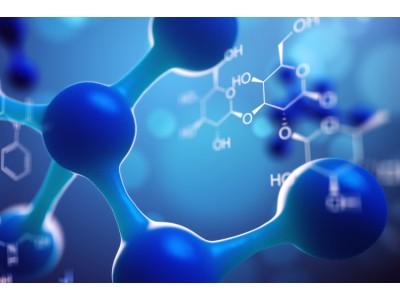| Bioactivity | Pimavanserin (ACP-103) hemitartrate is a potent 5-HT 2A receptor inverse agonist with pIC50 and pKi of 8.73 and 9.3, respectively. |
| Invitro | Pimavanserin hemitartrate competitively antagonizes the binding of [3H]ketanserin to heterologously expressed human 5-HT 2A receptors with a mean pKi of 9.3 in membranes and 9.70 in whole cells. Pimavanserin hemitartrate displays potent inverse agonist activity in the cell-based functional assay receptor selection and amplification technology (R-SAT), with a mean pIC50 of 8.7. Pimavanserin hemitartrate demonstrates lesser affinity (mean pKi of 8.80 in membranes and 8.00 in whole cells, as determined by radioligand binding) and potency as an inverse agonist (mean pIC50 7.1 in R-SAT) at human 5-HT 2C receptors, and lacks affinity and functional activity at 5-HT 2B receptors, dopamine D2 receptors, and other human monoaminergic receptors[1]. |
| In Vivo | Pimavanserin hemitartrate attenuates head-twitch behavior (3 mg/kg p.o.), and prepulse inhibition deficits (1-10 mg/kg s.c.) induced by the 5-HT2A receptor agonist in rats and reduces the hyperactivity induced in mice by the N-methyl-D-aspartate receptor noncompetitive antagonist, consistent with a 5-HT 2A receptor mechanism of action in vivo and antipsychotic-like efficacy. Pimavanserin hemitartrate demonstrates 42.6% oral bioavailability in rats[1]. |
| Name | Pimavanserin hemitartrate |
| CAS | 706782-28-7 |
| Formula | C25H34FN3O2.1/2C4H6O6 |
| Molar Mass | 502.59 |
| Appearance | Solid |
| Transport | Room temperature in continental US; may vary elsewhere. |
| Storage | 4°C, sealed storage, away from moisture *In solvent : -80°C, 6 months; -20°C, 1 month (sealed storage, away from moisture) |
| Reference | [1]. Vanover KE, et al. Pharmacological and behavioral profile of N-(4-fluorophenylmethyl)-N-(1-methylpiperidin-4-yl)-N'-(4-(2-methylpropyloxy)phenylmethyl) carbamide (2R,3R)-dihydroxybutanedioate (2:1) (ACP- 103), a novel 5-hydroxytryptamine(2A) receptor inverse agonist. J Pharmacol Exp Ther. 2006 May;317(2):910-8. |

Pimavanserin hemitartrate
CAS: 706782-28-7 F: C25H34FN3O2.1/2C4H6O6 W: 502.59
Pimavanserin (ACP-103) hemitartrate is a potent 5-HT 2A receptor inverse agonist with pIC50 and pKi of 8.73 and 9.3, res
Sales Email:peptidedb@qq.com
This product is for research use only, not for human use. We do not sell to patients.